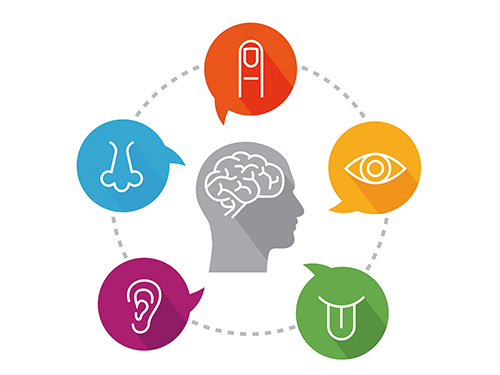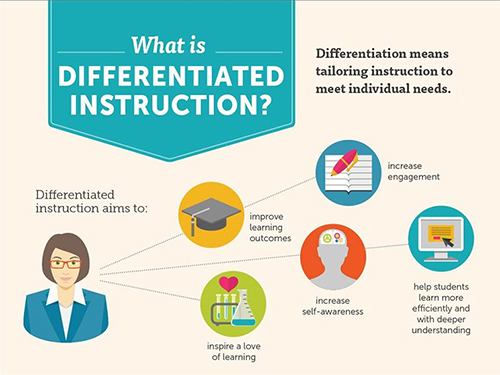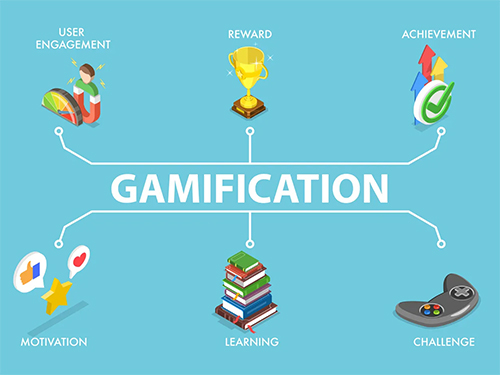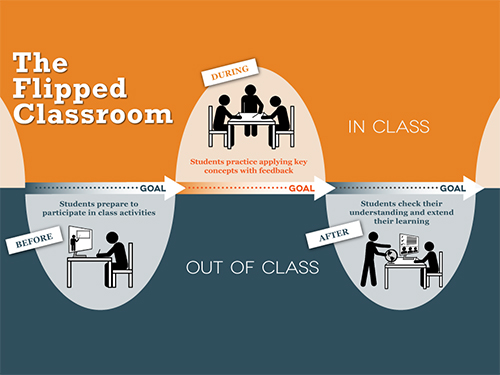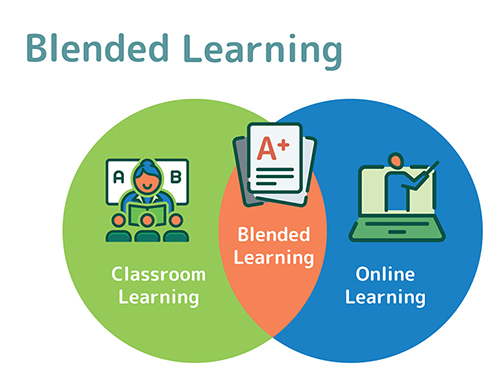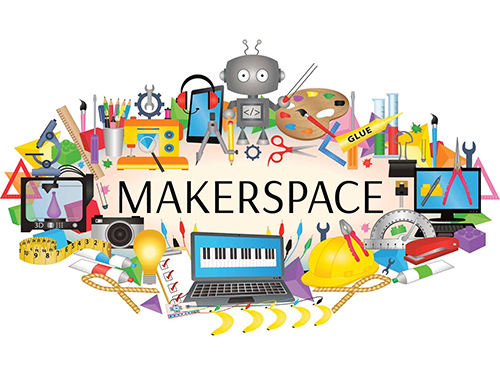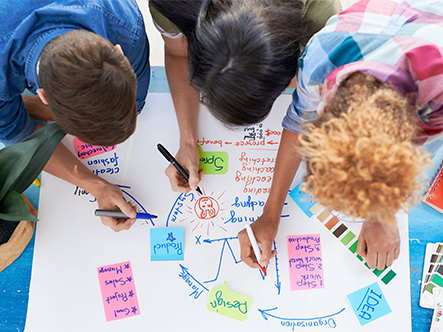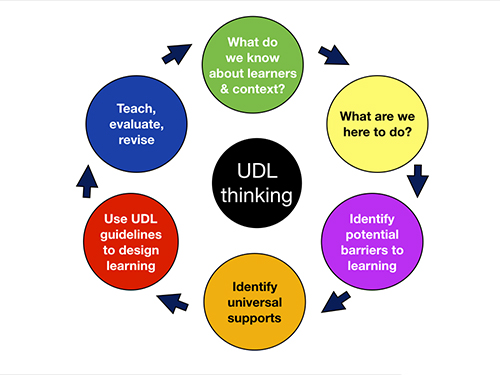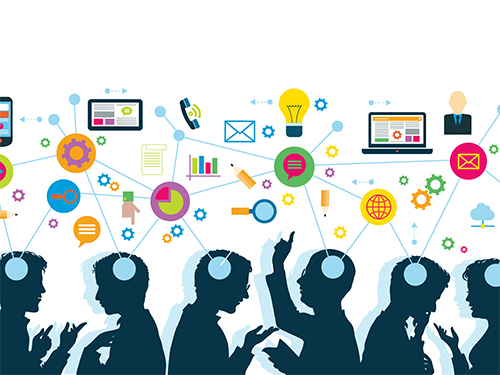Neuroscience-informed teaching
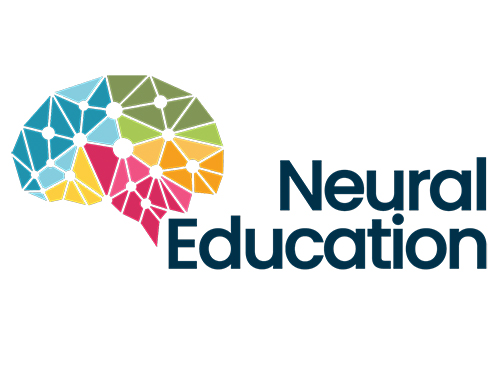
07 June 2021 – Osman Bedel – Unleashing the Brain’s Superpowers: The Neuroscience-Informed Teaching Revolution Education has always been about empowering minds and shaping futures. But what if we told you there’s a way to tap into the superpowers of the brain and take learning to extraordinary heights? Enter neuroscience-informed teaching, a game-changing approach that blends cutting-edge brain research with classroom practices. Prepare to witness the unveiling of a teaching revolution that will transform the way we educate and nurture young minds. Igniting the Brain’s Learning Fireworks Neuroscience-informed teaching is more than just another pedagogical trend. It is a profound understanding of how the brain learns, paving the way for innovative instructional strategies that skyrocket student achievement. Gone are the days of passive information absorption. This approach harnesses the brain’s innate desire for active, hands-on learning experiences to ignite the learning fireworks within each student. The Power Trio: Active, Multisensory, and Emotionally Charged Learning The brain craves stimulation, and neuroscience-informed Read More …







